We are excited to announce that the David S. Lee Fund for the Conservation of Caribbean Birds will fund 9 projects in 2021! In the previous 4 years (2016-2020), the fund has provided assistance for 15 projects in 6 countries for work on dozens of species in the Caribbean.
This fund was created by generous donations from the family, friends, and collaborators of David S. Lee to continue his inspiring legacy of conservation in the Caribbean. You can help us to continue supporting these invaluable projects by making a donation here.
Congratulations to these exemplary researchers, and we look forward to hearing about your results in future blog articles and publications!
Investigating variation in cooperative breeding behavior between Puerto Rican Tody populations
Cooperative breeding occurs when some individuals, known as “helpers,” assist with raising their siblings, rather than reproducing themselves. This breeding strategy is used by many bird species, including the Puerto Rican Tody (Todus mexicanus). However, only some individuals of this species breed cooperatively, and differences are thought to be linked to habitat. Amber’s research will examine how the Tody’s cooperative breeding behavior differs in rainforest and dry forest habitats. By increasing our understanding of the Tody’s natural history, her work can help manage and conserve this endemic species.
Territory use of the Critically Endangered Bahama Oriole across the annual cycle
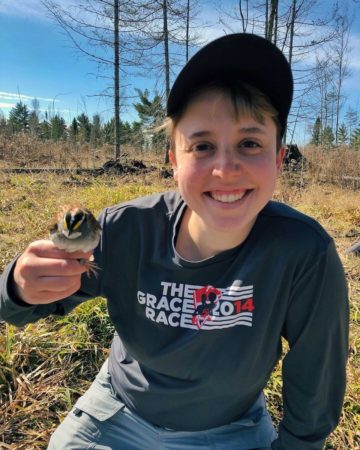 Michelle Moyer, University of Maryland Baltimore County (UMBC)
Michelle Moyer, University of Maryland Baltimore County (UMBC)
The Bahama Oriole (Icterus northropi) is a Critically Endangered species that is found only on Andros Island in The Bahamas. Thanks to recent work by the Bahama Oriole Project — a collaboration between UMBC and the Bahamas National Trust (BNT)— we have learned a lot about this species’ breeding habitat, including that it uses the native pine forest much more than previously thought. However, it is unknown how Orioles use the pine forest and other habitats outside of the breeding season. Using tiny, solar-powered transmitters (CTT Life Tags™ ), which will be attached to Orioles and detected by a central receiver (CTT Node), Michelle will track their movements throughout the full annual cycle. The results of her research will inform BNT’s conservation management strategies for the Oriole.
Caribbean psittacines as indirect controllers of ecosystem dynamics through commensal feeding associations and ecosystem engineering
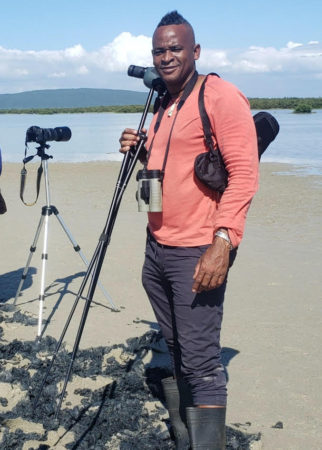 Damion Whyte, University of the West Indies at Mona
Damion Whyte, University of the West Indies at Mona
Parrots and parakeets are notorious for not finishing the fruits that they open. As a result, they are often viewed as wasteful pests, and are feared by farmers. However, we do not have a great understanding of the impacts that this behavior can have on the local ecosystem, such as providing easier access to the fruit by other species and dispersing seeds. Damion’s research will quantify the ecosystem-wide effects of foraging by parrots and parakeets on the island of Curacao. Using observations and camera-traps, he will identify which species visit fruit that has been opened by, and how their behaviors vary. By providing insight into these species interactions, his work will support bird conservation and management in protected areas.
Pre-reproductive survival, movements, and habitat use of the Yellow-shouldered Blackbird (Agelaius xanthomus) in Southwestern Puerto Rico
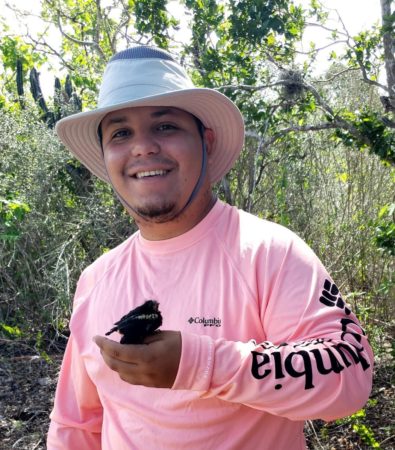 Jean P. Gonzalez Crespo, University of Wisconsin
Jean P. Gonzalez Crespo, University of Wisconsin
The Yellow-shouldered Blackbird (Agelaius xanthomus) is an Endangered species that is endemic to Puerto Rico. Although conservation measures such as artificial nesting structures increased the reproductive success of this species, populations have continued to decline. Using CTT Life Tag™ transmitters Jean will track Blackbirds after they fledge from the nest and estimate their survival during this critical period. His work will help local and federal agencies determine whether survival rates before breeding are contributing to population declines, and identify the factors that influence survival.
Establishing a long-term banding program for migratory birds in Isla Contoy National Park, Mexico
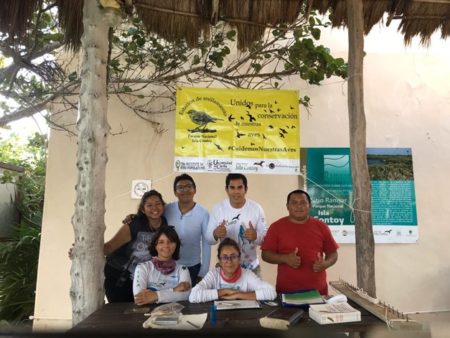 Jonathan Nochebuena Jaramillo, Estación de Anillamiento Parque Nacional Isla Contoy
Jonathan Nochebuena Jaramillo, Estación de Anillamiento Parque Nacional Isla Contoy
Isla Contoy National Park (PNIC) is a small Caribbean island (238 hectares) near the Yucatan Peninsula in Mexico. The island is an important site for many migratory birds to rest and refuel on their long journeys between North, Central, and South America. In 2019, Jonathan personally initiated a banding program in PNIC. He will continue and expand this program to document and spread awareness of the importance of the island for a wide diversity of birds, and provide information to conserve birds and their habitats on the island.
Understanding nestling diet composition of Roseate Terns (Sterna dougallii) through fecal DNA Metabarcoding
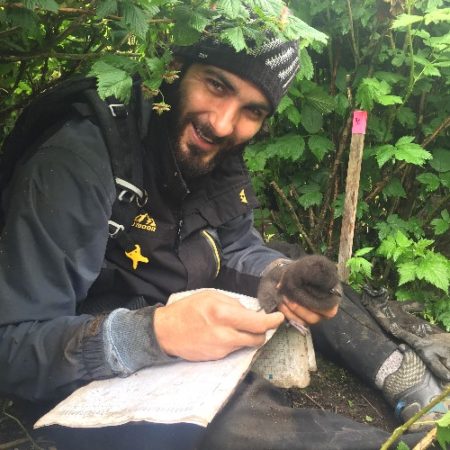 Luis Ramos, University of Puerto Rico, Mayaguez
Luis Ramos, University of Puerto Rico, Mayaguez
Environmental changes such as rising sea temperatures and ocean acidification pose many threats to seabirds and the marine food sources that they depend on. The Roseate Tern (Sterna dougallii ) is a species of conservation concern in the Caribbean, including in Puerto Rico. Yet we know little about foraging behavior, ecology, and population trends of this species. Luis’s research will use an advanced molecular method (DNA metabarcoding) to assess the diet composition of chicks in Tern populations on the southern and northern coasts of Puerto Rico. His work will identify the fish and other prey that are available to Terns in different colonies, and advance our understanding of DNA metabarcoding as an important biomonitoring tool.
Evaluating the effects of greening actions on avian diversity on tropical urban landscapes
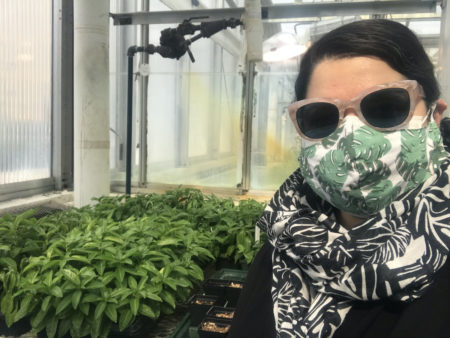 Julissa Irizarry, Penn State University
Julissa Irizarry, Penn State University
Expansion of urban areas contributes to loss and fragmentation of habitats across the globe. These drastic landscape changes can negatively impact biodiversity, especially on islands. Large-scale tree planting efforts, such as those planned in Puerto Rico following Hurricane Maria, have the potential to increase the suitability of urban areas for native wildlife. Julissa’s project will investigate the benefits of urban reforestation for resident and migratory birds. Using an experimental approach, she will compare how birds use newly planted trees—“functional” tree species that are known to be important for foraging and “structural” plants that are traditionally used for landscaping. Her work will inform best practices for implementing urban greening projects in order to maximize conservation benefits.
Current status of the breeding colonies of Red-footed Booby, Brown Booby, and Masked Booby in Los Roques Archipelago, Venezuela
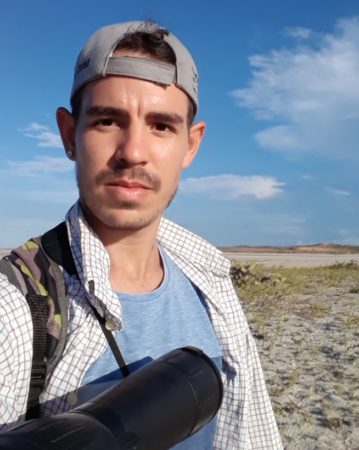 Josmar Esteban Márquez, AveZona / BirdsCaribbean / Fundación Científica ARA MACAO / PAAVe
Josmar Esteban Márquez, AveZona / BirdsCaribbean / Fundación Científica ARA MACAO / PAAVe
Los Roques Archipelago National Park is in the Caribbean Sea 130 km north of Venezuela. It has 42 islets and 200 sandbanks arranged around an internal lagoon. It is home to all the typical ecosystems of tropical maritime and coastal areas: sandy beaches, coral formations, salt and brackish water lagoons, seagrass meadows, and mangroves. This archipelago was declared a National Park in 1972, and its Use Regulation and Management Plan was finalized in 1990. Los Roques is home to a great diversity of seabirds and is a priority area for conservation. Conserving seabirds in the Caribbean is essential, as their numbers have been decreasing over time. Documenting their status and trends is needed to develop conservation plans. Two species of boobies have breeding colonies in Los Roques: Red-footed Booby and Brown Booby. Masked Booby’s presence has been documented, but their reproduction has not been confirmed. 20 years have passed since the last assessment of the population of seabirds in the Los Roques Archipelago. Since then there have been many political, economic and environmental changes in Venezuela—changes that may put the Los Roques Archipelago and the booby colonies at risk. We propose to survey and evaluate the reproductive colonies of boobies in 4 keys of the archipelago. We will also explore other cays to look for confirmation of breeding activity. We will integrate the local “Roqueños” communities in the censuses and outreach activities.
Population dynamics, conservation and management of the American Flamingo (Phoenicopterus ruber) on Margarita Island, Venezuela
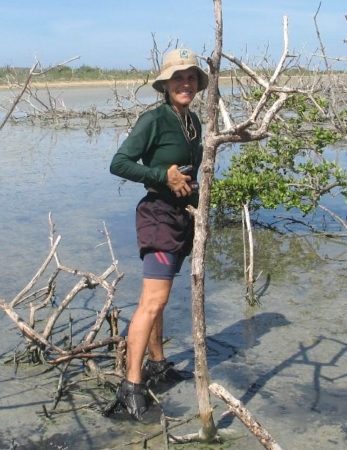 Anahy Marcano , INPARQUES / AveZona / PAAVe
Anahy Marcano , INPARQUES / AveZona / PAAVe
Venezuela has about 38% of the total population of American Flamingos, Phoenicopterus ruber. It is considered a resident species on the Isla de Margarita in Venezuela. Although its population has shown variations in size and distribution, historically, American Flamingos have been observed on the Isla de Margarita since the beginning of the last century. Recently, a new flamingo nesting area has been identified on Margarita Island in the Laguna de las Marites Natural Monument. However, its population status is unknown and currently there is no plan for its conservation and management. As the first stage of this project we will estimate the size of the breeding population, the reproductive success, and the demographic parameters in two of the nine areas occupied by the American Flamingos on Margarita Island, las Marites Lake Natural Monument and La Restinga National Park. Visual observations will be conducted from a safe distance so as not to disturb the breeding areas. After the breeding season, the area used for the nests will be evaluated. As part of this project, we will involve local communities in the censuses and an educational campaign will be established.
The David S. Lee Fund for Conservation seeks to continue David’s passion for protecting wildlife. The fund supports direct, innovative conservation work in the Caribbean Region for birds and their habitats. The fund is managed by BirdsCaribbean and used for annual small grants. We are grateful to all those who have supported the fund, and also to our David S. Lee Fund Review Committee who carefully reviews proposals each year and makes recommendations on funding.
You can you help us to continue to fund invaluable research to conserve Caribbean birds by making a gift to the fund.
Click here to make an online contribution.
If you prefer to donate with a check, please make the check out to “BirdsCaribbean” and in the memo section, note that it is for the David S. Lee Fund. If you have questions or to make other arrangements for donating, please feel free to contact Jennifer Wheeler, BirdsCaribbean Financial Officer (jennifer.wheeler@birdscaribbean.org)
Checks can be mailed to: BirdsCaribbean, 841 Worcester St. #130, Natick, MA 01760-2076

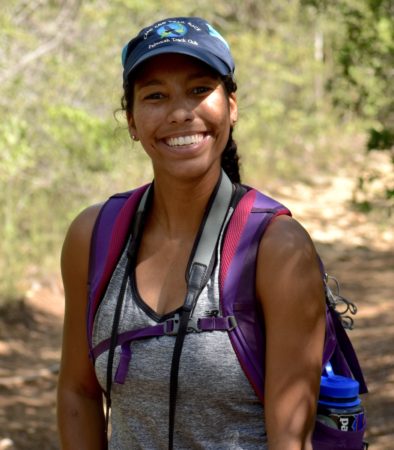
One comment
Comments are closed.